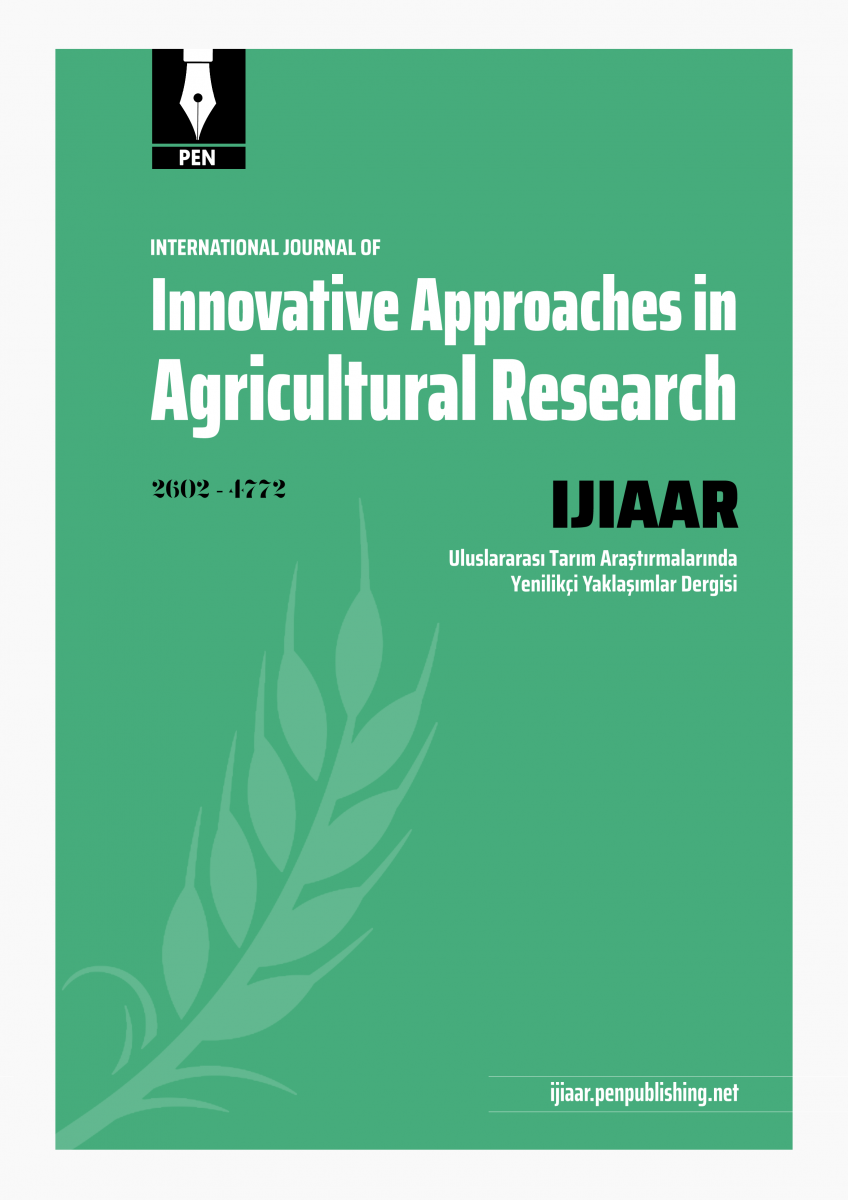Original article | Open Access
International Journal of Innovative Approaches in Agricultural Research 2019, Vol. 3(3) 353-364
Evaluation of the Detoxification Potential of Micrococcus Strains and Plants for Bioremediate Organochlorine Herbicides
pp. 353 - 364 | DOI: https://doi.org/10.29329/ijiaar.2019.206.1
Published online: September 30, 2019 | Number of Views: 157 | Number of Download: 685
Abstract
The objective of our study is to contribute towards the development of the phytoremediation method which is a method that attempts to clean the soil polluted with organochlorine herbicides with the combined application of specially chosen plants, such as alfalfa, maize and soybean with Micrococcus strains. The enzymes and genes involved in the process of bioremediation of various pesticides have also been discussed. Initial degradation of herbicides carried out by bacterial strains include formatin of dehalogenated products with easy plant uptake and undergo oxidative degradation through plant detoxification enzymes, such as cyctochrome P450, peroxidase, phenoloxidase and glutathion S-transferase. Subsequently, this method can finalise the mineralization and degradation of toxicants into nontoxic compounds. Our study presents the results of our model experiments of selected strains of genera Micrococcus and plant phytoremediators. According to the results of the phytoremediation studies, Micrococcus sp. DR44 and Micrococcus sp. HEXBA04 showed best removal performance with Oxadiazon herbicide as 84% and Micrococcus sp. Pv8 and Micrococcus sp. BP3_1A showed 71% removal performance on Quizalofop-p-ethyl with alfalfa with maize, while removal efficiency of Liuron was 77% in alfalfa with Micrococcus sp. NCTC2665. Our study shows that effectively using this newly developed technological approach results in a reduction of pollution in soil samples that have been artificially contaminated. Future perspectives of pesticides bioremediation has also been briefly articulated to make a realistic comment with an element of optimism for researchers working in this field.
Keywords: : phytoremediation, organochlorine herbicides, micrococcus strains, detoxification enzymes
| How to Cite this Article |
|---|
|
APA 6th edition Harvard Chicago 16th edition |
| References |
|---|
|

